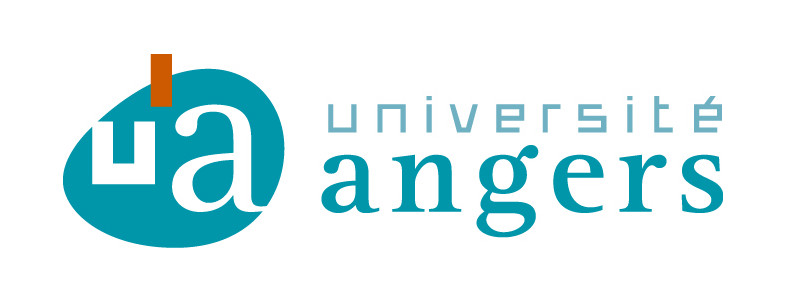PhD abstract
Keywords : Geophysics, geochemistry, pockmarks field, foraminiferal faunas, impacts of an electric cable, multi-year monitoring
Abstract:
Offshore Le Croisic (West coast of France), the test site SEM-REV, offers opportunity to study the impact of a marine renewable energy structure on the benthic
environment. A buried electrical cable that links the sea site to the shore, crosses over a specific benthic ecosystem built by small bio-engineer organisms: the tube-dwelling amphipods Haploops.
To define the effect of the cable installation on this particular ecosystem, three different approaches are used. First, acoustics surveys were conducted, once a year, over three years (2016-2018) to monitor the physical impact after the cable burial in 2012. The surveys allowed to analyse and map the space-time evolution of the Haploops settlement. Our results confirm the systematic overlap between Haploops and active pockmarks field, already observed in other sites of South-Britanny.
Then, the study of sedimentary geochemistry allows to clarify the possible link between methane rises and Haploops, and explores the influence of the thick layer of tubes on sediments. The flow of water through the tube system modifies the distribution and flow of chemical elements to and from the sediment. The latter appears to be an important source of nutrients (P and N) that could support the local primary production required to maintain dense Haploops population.
Finally, benthic foraminifera faunas were used to assess the environmental change brought by the electric cable installation and to describe the environmental quality status, inside and outside the cable trench.
Stakeholders or Phd/Writer name
- Jean-Baptiste CHAMPILOU-Université d'Angers




